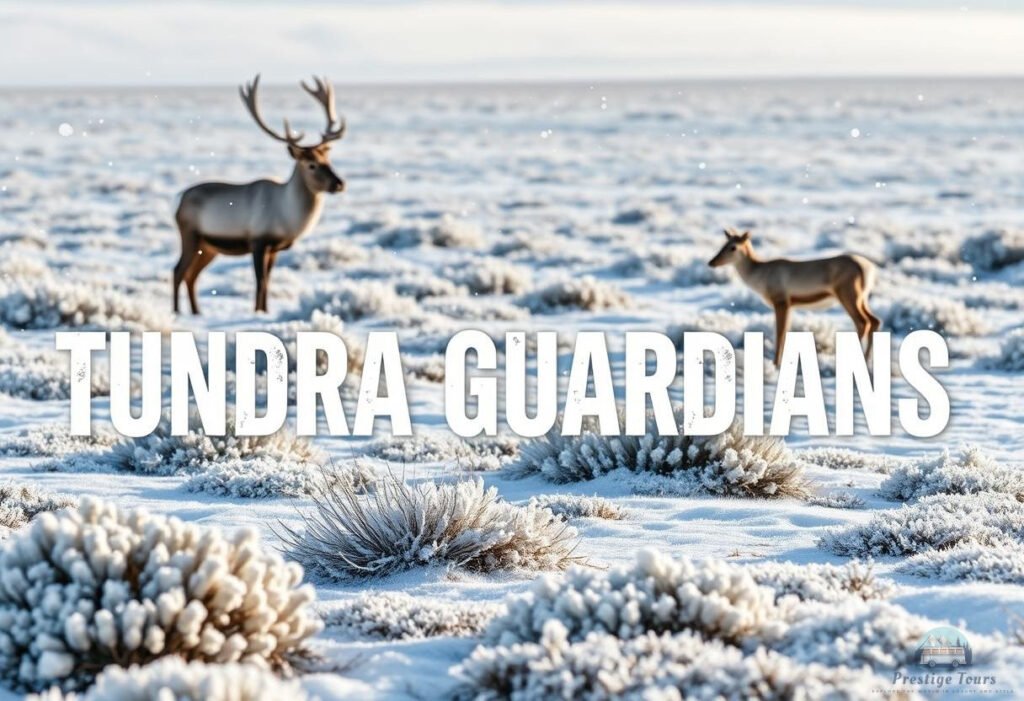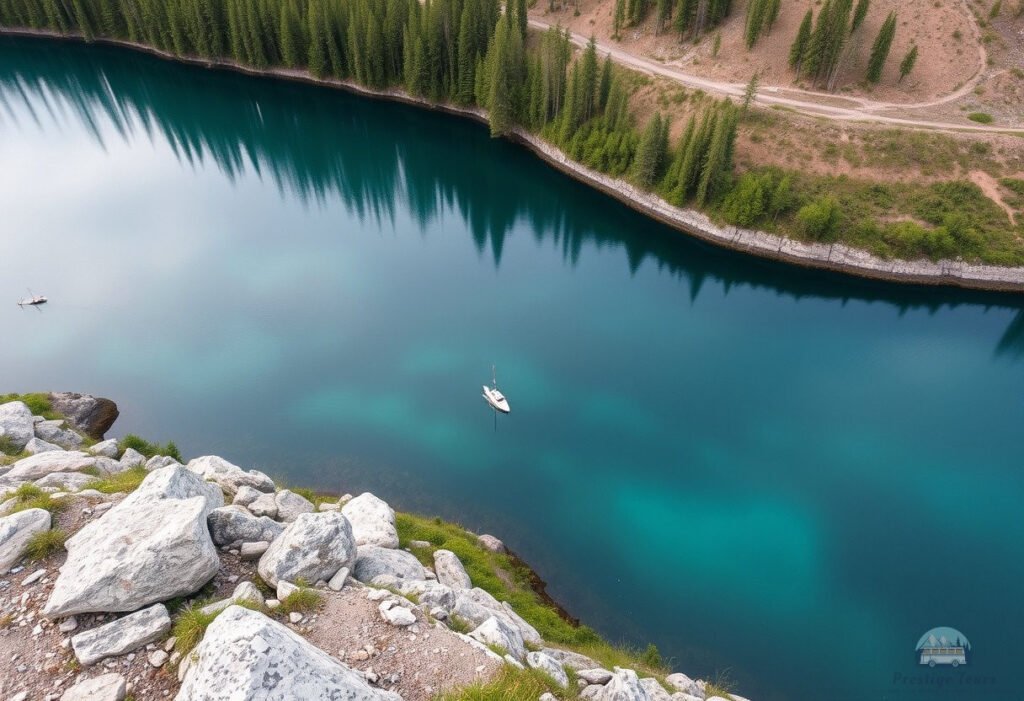The Surrounding World of Desert Ecosystems: Life in Conditions of Lack of Moisture
Desert ecosystems are unique biomes where life is adapted to harsh conditions of water scarcity. These ecosystems are characterized not only by extreme climate conditions, but also by the diversity of flora and fauna that can survive in such conditions. Understanding the characteristics of desert ecosystems is critical for both conservation and for people seeking adventure in unique landscapes.
Adaptation of living organisms
Plants of the deserts
Desert plants have a number of unique adaptations that help them survive in water-deficient environments. First, many of them have deep roots that can reach aquifers. Second, some plants, such as cacti, have a specific ability to accumulate moisture.
- Moisture accumulation methods such as CAM photosynthesis.
- Thick wax coatings that protect against evaporation.
These mechanisms allow the plant world to adapt to dry conditions and minimize water loss, supporting the ecosystem as a whole.
Animals of the desert
Desert animals have also developed their own unique survival methods. Many move in search of water, using adaptations to conserve resources. For example, some mammals, such as kangaroos, are nocturnal to minimize exposure to high daytime temperatures.
- Resource adaptation: obtaining moisture from food such as succulent plants.
- Ways to avoid heat: hiding in burrows or under leaves.
These strategies allow animals to effectively cope with the lack of moisture and extreme temperatures of deserts.
Threats to desert ecosystems
Human impact
Human activity poses a serious threat to desert ecosystems. Urbanization and agriculture increase the pressure on water resources, which leads to environmental degradation. In addition, tourism, if not organized properly, can also negatively affect the ecosystem.
- Construction of new settlements in the deserts.
- Human penetration into vulnerable areas of ecosystems.

The overall picture shows that action is needed to protect these unique habitats.
Climate change
Warming and its consequences, such as increased droughts, are also significant threats. Climate change could make some desert ecosystems untenable for current species.
- Changes in plant and animal types.
- Decline in biodiversity as a result of evolutionary changes.
Monitoring climate change and its impacts will help us better understand the attention needed to address desert ecosystems.
Practical tips for tourists
Preparing for a trip to the desert
If you are planning a trip to desert ecosystems, it is important to prepare properly. First of all, choose the right equipment and gear to adapt to survive in extreme climates.
- Be sure to bring plenty of water and protective clothing.
- Use sunscreen and hats.
Timing of visit also matters; it is best to visit the desert either early in the morning or in the evening hours when temperatures are much cooler.
Responsible behavior in the natural environment
Tourists should also consider their impact on ecosystems and take steps to minimize their impact on the environment. They should respect environmental regulations and not leave litter behind.
- Limit your access to sensitive areas.
- Please follow the rules of conduct and respect the local flora and fauna.
While desert ecosystems may seem remote and vast, it is our responsible approach that makes visiting these places more sustainable and safe.
Studying desert ecosystems helps us understand their importance to the planet and the need to protect them. It is our responsibility as modern travelers to live our adventures in harmony with nature. For more information on deserts, check out the Global Conservation Program. We also recommend that you read ecotourism tips for more information on supporting ecosystems while traveling.







